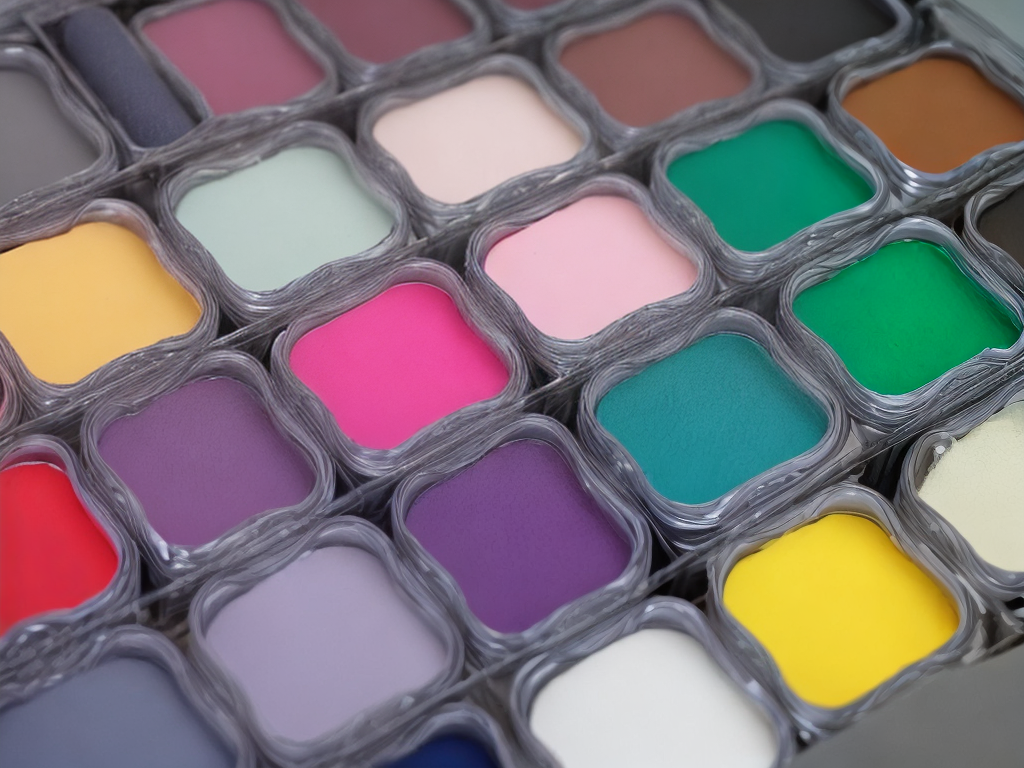
Hi there! I’m a color enthusiast who loves transforming spaces with a little paint. Picking the perfect paint color can be daunting, but don’t fret! I’ve got a few tricks up my sleeve that I’m excited to share. From understanding color psychology to coordinating with your furniture, I’ll guide you through every step of the selection process. So let’s dive in and unlock the secret to choosing the perfect paint colors for your home!
Understanding Color Psychology
In my experience, the psychology of color plays a crucial role in shaping our reactions to different spaces. Colors don’t just affect our mood, they also have emotional impacts that can significantly influence our behavior. For example, red often incites passion and energy, while blue tends to evoke calmness and serenity. It’s fascinating how these reactions are almost universal, yet cultural interpretations can add another layer to color psychology. In some cultures, white symbolizes purity, while in others, it represents mourning. I’ve learned to consider these nuances when selecting interior paint colors. It’s not just about personal preference, it’s about understanding how colors can affect us on a deeper, psychological level.
Considering Room Functionality
Building on color psychology, room functionality is another key factor I consider when deciding on the perfect paint color. The room’s function heavily influences the color I pick. For example, for a room with high traffic flow impact, like the living room, I’d select a durable paint that can withstand the wear and tear. Material suitability also comes into play – if a room has a lot of wooden furniture, I’d avoid colors that clash with wood tones. In a bedroom, a place for relaxation, I’d go for calming shades. In a kitchen, however, where energy is needed, I’d opt for brighter, more stimulating colors. Ultimately, considering room functionality ensures the chosen color enhances the room’s purpose and overall aesthetic.
Coordinating With Existing Furniture
While choosing the right paint color, it’s essential that I also consider coordinating with the existing furniture to ensure a harmonious interior design. Furniture’s impact on the overall aesthetic of a room is significant. Therefore, the color furniture contrast should be well-thought-out.
To make this process easier, I’ve created a simple table to guide the selection:
| Furniture Color | Complementary Paint Color | Avoid |
|---|---|---|
| Brown | Beige, Green | Bright Red |
| Black | White, Grey | Pastel Colors |
| Red | Blue, White | Green |
| White | Any Color | None |
| Blue | Yellow, White | Orange |
This table helps me visualize the color contrast. Remember, balance is key. A color combination that is too matchy-matchy can be dull, while too much contrast can be chaotic.
Utilizing Light and Space
Taking my color contrast considerations a step further, I’m also mindful of how light and space in a room can dramatically affect the perception of my chosen paint color. Light positioning is crucial. A color can look different under natural light, artificial light, or in shadow. Therefore, I always test paint samples in various lighting conditions. Reflective surfaces play a role too. They bounce light around a room, subtly influencing color perception. Mirrors, glass tables, or metallic decor can serve this purpose. Additionally, I consider the room’s size. Light colors tend to expand a space visually, while dark hues can make it feel cozier. By understanding these factors, I’m able to create the desired mood and aesthetic with my paint choices.
Experimenting With Color Schemes
After considering light and space, I then start playing with different color schemes to further enhance the room’s aesthetic. Experimenting with color schemes can be a game-changer, allowing me to create unique atmospheres. I use color mixing techniques, blending different hues to achieve the desired effect.
Here are some strategies I apply:
- Sampling swatches, to see how colors interact with each other and the room’s lighting
- Using complementary colors for a vibrant look
- Applying analogous colors for a harmonious, calming effect
- Experimenting with texture by using different paint finishes
Seeking Professional Advice
Even though I enjoy experimenting, I often seek professional advice to ensure my color choices will work in the long run. Consulting color experts is a wise move, as they have a deep understanding of color interactions and how different hues can affect the mood of a space.
Evaluating design trends can also be beneficial. Trends provide insights into what colors are currently popular and may offer fresh ideas. However, it’s important to remember that trends change, so it’s better to choose colors that you genuinely like.
Here’s a simple guide to seeking professional advice:
| Step | Method | Benefit |
|---|---|---|
| 1 | Consulting Color Experts | Expertise in color interaction |
| 2 | Evaluating Design Trends | Fresh ideas and current styles |
| 3 | Combine Professional Advice and Personal Preference | Balanced, timeless design |


